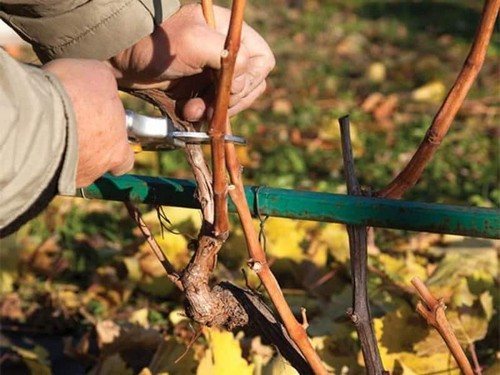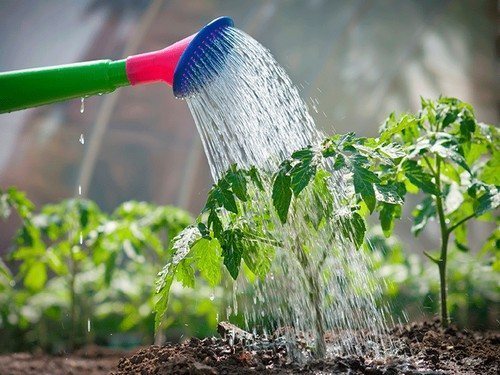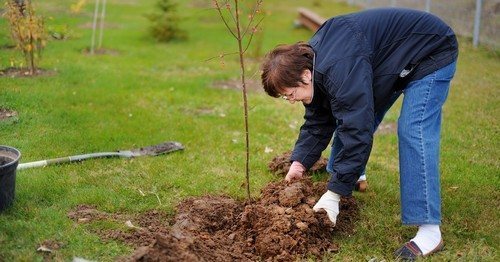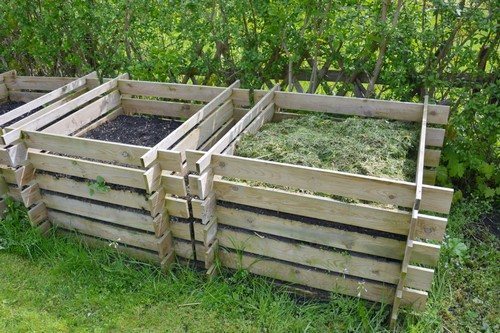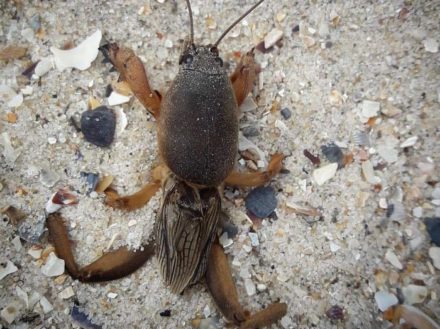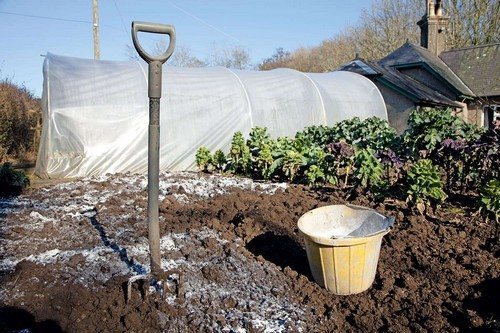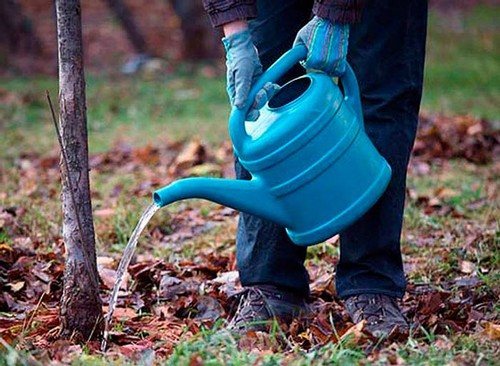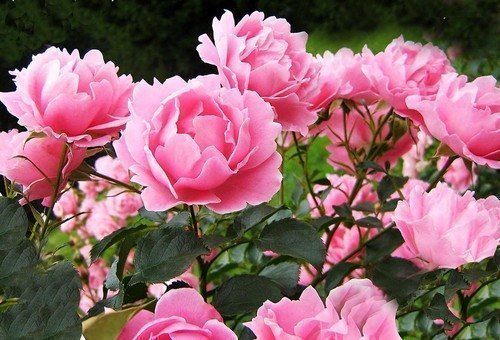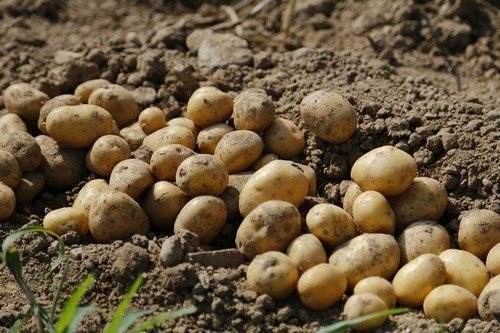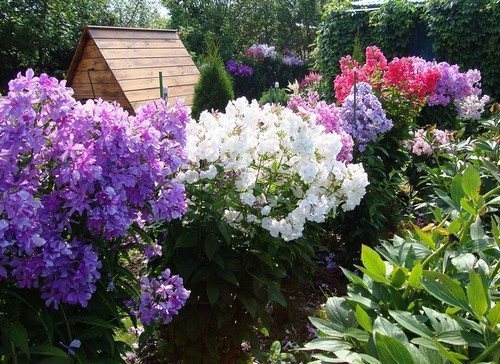Autumn has come, the harvest has been harvested. A small reminder will help you avoid the most common mistakes when preparing your garden for the next season.
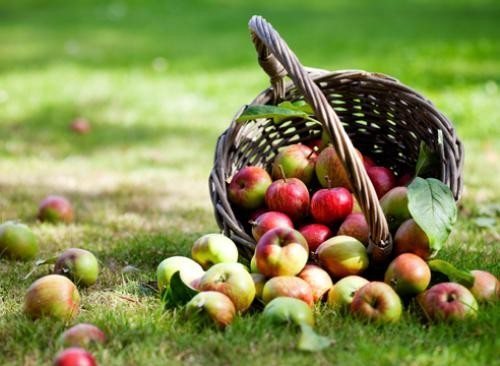
Using green manure
From time to time, the soil in the garden needs to be slightly invigorated and refreshed. It would be no small mistake not to use the help of green manure in this situation.
The harvest is harvested, and weeds begin to turn green on the empty beds; if the autumn is warm, then it is simply necessary to sow a green manure crop. This can be mustard and rapeseed, alfalfa and rye. The list of crops for this purpose is very extensive.
Green manure not only loosens the soil, but also disinfects it and increases fertility. The soil on the site is protected from pests; some gardeners leave mowed green manure as mulch.
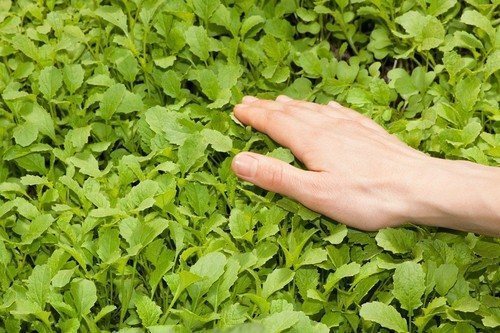
Subtleties of autumn pruning
You should not ignore such a technological autumn technique as pruning.
All tree crops require autumn pruning. Basically, this is sanitary pruning, pruning with the goal that a rose bush, for example, fits into its intended winter shelter. Branches that thicken the planting and immature ones, which can freeze out during the frosty period, are removed. Why allow this?
Autumn feeding
An important stage in preparation for winter and the next season. It would be a mistake to ignore this piece of work that is not very important at this stage. After all, it would seem that this work can be postponed until spring. But no, autumn fertilizing plays a very important role in the further development of plants.
Phosphorus-potassium fertilizers help to more safely survive winter temperature changes.
Mineral fertilizing should be combined with autumn moisture-replenishing watering and organic fertilizing.
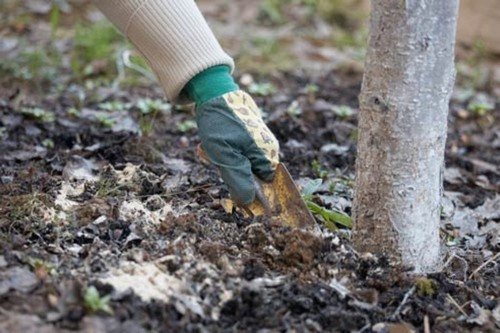
Whitewashing trees
A simple technique for disinfecting and protecting trees from frostbite is whitewashing. This approach should not be considered frivolous.
By whitewashing trees, you can save them from wounds and infection during hibernation. Whitewashing is protection against autumn and winter sunburn of wood.
Plant residues on the beds
Remains of weeds, the unharvested part of the crop, are a springboard for pests and diseases, this is their wintering place. Don't let them breed in your garden!
Pathogenic microflora reproduces well and is spread throughout the area by the wind. In the spring all this will make itself felt.
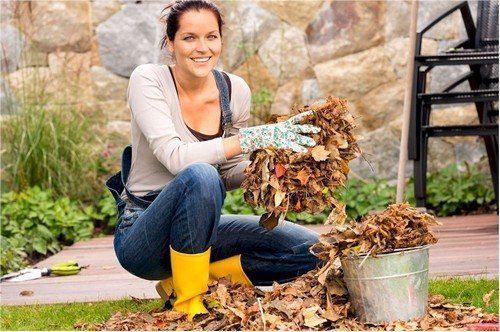
To dig or not to dig?
Digging before the upcoming winter frosts helps disinfect the soil. Lumps of earth freeze out better. Pathogenic bacteria and small insects on the surface die. It would be a mistake not to dig up the area. Loosening the soil slightly delays freezing. And thus sometimes it saves your entire garden.
Protecting fruit trees from pests
Don't rely on luck! Protect your trees with wire mesh, spruce guards or trapping belts from rodents or smaller pests. Help your garden!
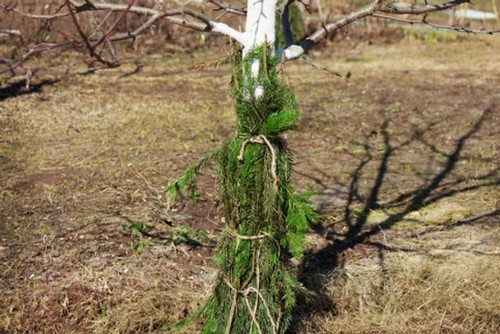
Mistakes in covering plants in the garden for the winter
While the gardener is considering whether to cover or not, non-frost-resistant plants may freeze out.
Don't rely on chance! You need to be prepared for all winter surprises.Covering non-frost-resistant crops is a prerequisite for obtaining a harvest next season.
It would seem that these are simple tips, but they will help you avoid many troubles in the new season. May the harvest be with you!


